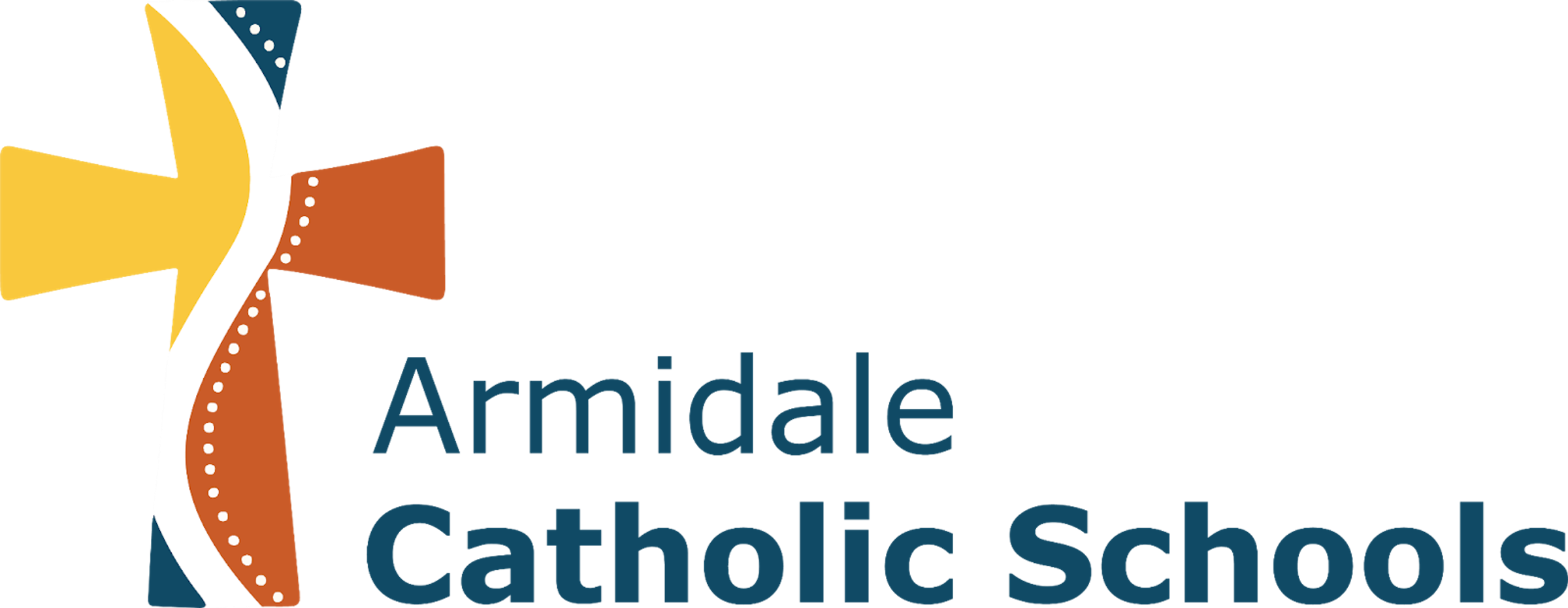ACS

Response to Unsafe, Threatening and Violent Behaviours in Armidale Catholic Schools
Recent tragic events of suicide and self-harm by students in Australian schools have rightly initiated conversation, debate and political discussion about consistent approaches to school bullying across States and education systems. This memo details and affirms the approach taken by Armidale Catholic Schools (ACS) since 2020.
Armidale Catholic Schools is guided in this area by two documents:
- Living Well, Learning Well - A Student Support Framework for the Diocese of Armidale (ACS updated 2024)
- Responding to Violent Behaviour in Children and Young People: Guidelines for staff working in NSW Catholic Schools (CSNSW 2020)
Both documents:
- Affirm system and school responsibilities to ensure students feel safe at school;
- Provide language to use, protocols to follow and actions to take when students do not feel safe at school.
Key points
- ‘Bullying’ is an imprecisely-understood term. When supporting students who do not feel safe at school and working with students who make others (students, staff, family members) feel unsafe, we use more precise terms such as ‘unsafe behaviour’, ‘threatening behaviour’ and ‘violent behaviour’, with accompanying description of the behaviour that caused concern.
- Responding to Violent Behaviour in Children and Young People (CSNSW) notes that violent behaviour does not only involve physical violence. It also includes behaviour that may cause psychological harm, including verbal statements intended to humiliate and/or provoke; sexual harassment; racist, sexist or homophobic language; ableist (or disableist) language; written and/or digital harassment, making and/or distributing inappropriate videos, images or sound recordings, threats, intimidation and stalking.
- Responding to Violent Behaviour in Children and Young People (CSNSW) includes a Risk Assessment and Management Plan (RAMP) template, which is used as a protocol guide for addressing violent behaviours. As well as a formal protocol for serious violent behaviours, it also operates as a general approach guide for all behaviours of concern: naming of behaviour, context of behaviour, assessment of risk, mitigation of risk, ongoing assessment of residual risk, and regular review. It is a useful and consistent tool for both documenting and defining what we do across a range of unsafe behaviours.
- ACS sees great benefit in treating student safety at school just like a workplace health & safety issue. School leader feedback affirms that parents respond more positively to this approach than to a ‘bullying’ allegation. Identifying risk factors and mitigating risk factors to ensure safety is a feature of modern workplaces and parents/carers are generally familiar with this approach.
- ACS has a focus on risk mitigation and restoration of a sense of safety and security, rather than on punishment. Risk mitigation depends on the specific context of the behaviour and setting. Suspension is a least-favoured option and is reserved for physical violence and serious psychological violence. Students may be asked to remain at home or on in-school suspension while risk mitigation planning and implementation takes place.
- ACS accepts that unsafe, threatening or violent behaviour outside of school hours can be a system or school concern if it makes a child feel unsafe at school. This may negatively impact the experience of school, hinder student connection to school and decrease the chances of a successful learning/wellbeing pathway. This will always be a system and school concern in partnership with parents/carers.
- ACS promotes the notion that adults who work in schools have a positive, unconditional high regard for children and young people. Deficit views (including headlines labelling Australia as a ‘nation of bullies’) are not helpful and we have an educative role in affirming that the vast majority of children and young people are considerate and caring individuals. We have a similar role in affirming that students displaying behaviours of concern can be assisted in stopping or replacing these behaviours, particularly when influential adults in the life of the child or young person work together to support this goal.
- During the enrolment process parents and carers are asked to commit to working with the school in positive partnership to keep all students safe. The Positive Partnership Commitment details the expectations ACS has of parents and carers in:
- Supporting policies, practices and protocols that keep people safe.
- Quickly informing the school when aware of a risk to safety.
- Supporting and teaching help-seeking strategies to children and young people.
- Assisting children and young people in the replacement of unsafe behaviours.
- Supporting policies, practices and protocols that ensure people are valued, respected and cared for.
- Quickly informing the school when aware of a risk to a child/young person’s sense of being valued, respected and cared for.
- ACS takes seriously our commitment that our students experience:
- A sense of safety and security (I am safe).
- A sense of self-worth (I am respected and valued).
- Social connection (I am part of a community, I am wanted and needed, I can listen and be heard).
- Self-efficacy (I can do things to look after myself and others).
- A sense of purpose, hope and meaning (going to school is worthwhile, I can live a good life in a world worth living in).
We understand that ensuring this happens is primarily an adult responsibility. We have deep faith in the system and school leaders who share this work and in the families who join us in positive partnership to ensure that all students feel safe, valued, cared for, and highly regarded as learners in our system of schools.

